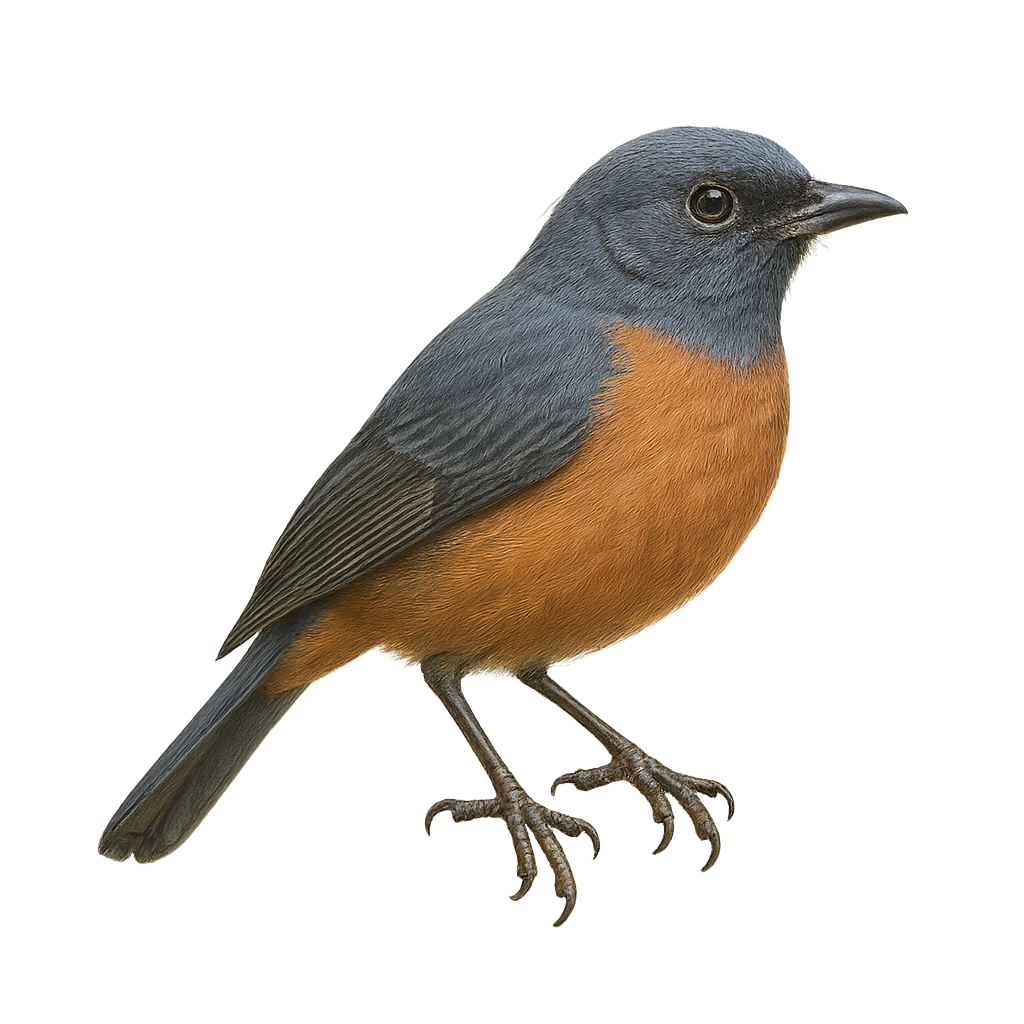Your wildlife photography guide.
Explore the black-throated flowerpiercer in detail, study its behavior, prepare your shots.
Where to observe and photograph the black-throated flowerpiercer in the wild
Learn where and when to spot the black-throated flowerpiercer in the wild, how to identify the species based on distinctive features, and what natural environments it inhabits. The WildlifePhotographer app offers tailored photography tips that reflect the black-throated flowerpiercer’s behavior, helping you capture better wildlife images. Explore the full species profile for key information including description, habitat, active periods, and approach techniques.
Black-throated Flowerpiercer
Scientific name: Diglossa baritula

IUCN Status: Least concern
Family: THRAUPIDAE
Group: Birds
Sensitivity to human approach: Suspicious
Minimum approach distance: 10 m
Courtship display: April to May
Incubation: 13-15 jours
Hatchings: April to June
Habitat:
Mountain forests, forest edges, shrublands
Activity period :
Primarily active during the day, with peak activity in the morning and late afternoon.
Identification and description:
The Black-throated Flowerpiercer is a small passerine bird belonging to the Thraupidae family. It is primarily found in the high-altitude forests of Mexico and Central America. This bird is recognizable by its black throat contrasting with its blue-gray plumage. It mainly feeds on nectar, which it obtains by piercing the base of flowers with its specialized beak, but it also consumes insects. The Black-throated Flowerpiercer is often seen in pairs or small groups. It is known for its territorial behavior, vigorously defending its territory against intruders. Although its habitat is threatened by deforestation, it is currently classified as of least concern by the IUCN.
Recommended lens:
400 mm – adjust based on distance, desired framing (portrait or habitat), and approach conditions.
Photography tips:
To photograph the Black-throated Flowerpiercer, it is advisable to use a telephoto lens of at least 400mm to capture precise details without disturbing the bird. Look for areas where flowers are abundant, as this bird is often attracted to nectar sources. Be patient and discreet, as although this bird is suspicious, it can become accustomed to your presence if you remain still. Take advantage of the morning hours when the light is soft to get quality shots.
The WildlifePhotographer App is coming soon!
Be the first to explore the best nature spots, track rutting seasons, log your observations, and observe more wildlife.
Already 1 439 wildlife lovers subscribed worldwide

